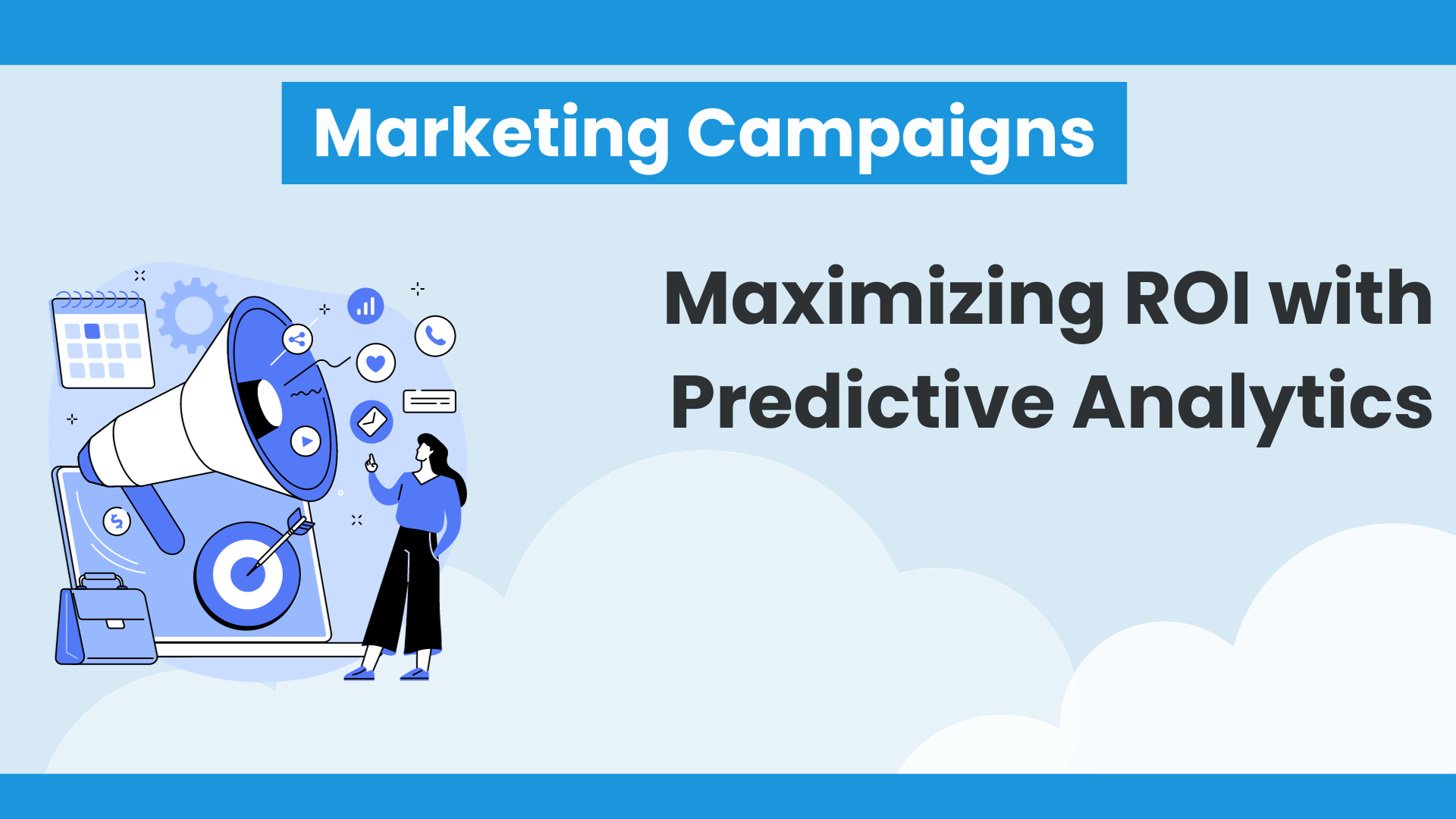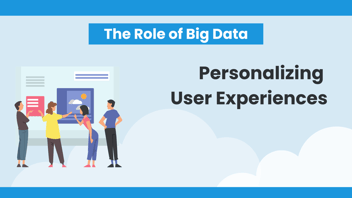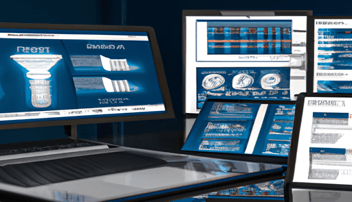Year after year, digital marketing strategies evolve more and more. Usually, they’re adjusting based on the pursuit of a higher ROI and enhanced campaign effectiveness. Predictive analytics stands as the foundation to all of this evolution as it’s the powerhouse of data-driven insights that’s transforming the landscape of marketing.
The Essence of Predictive Analytics in Marketing
Predictive analytics stands as the foundation of data mining, statistical modeling, and machine learning, offering a prism through which marketers can forecast future trends, customer behaviors, and campaign outcomes. The process of historical and real-time data enables marketers to anticipate customer needs, tailor marketing messages, and optimize strategies for maximum impact.
Deciphering ROI in Marketing Analytics
ROI, or Return on Investment, in marketing is not just a metric but a testament to the success and financial viability of marketing campaigns. It will allow marketers to measure the gains and losses generated relative to the marketing investment made. This serves as a crucial benchmark for assessing the efficacy of marketing strategies. Marketers can discern the most profitable avenues through cost-benefit analysis.
The Journey to Implementing Predictive Analytics
The implementation of predictive analytics in any marketing channel is a thought-out process that begins with the management of diverse data sources, including customer databases, market trends, and social media insights. The integrity and preparation of this data is key to the success of any predictive models.
With a robust data foundation, marketers can then employ various predictive modeling techniques such as regression analysis for forecasting, classification models for customer response prediction, and clustering for nuanced market segmentation.
Transformative Applications in Marketing Campaigns
The applications of predictive analytics in marketing are vast and varied. You can predict LTV, churn rates, and even enable personalized marketing campaigns. All of this can be used to optimize pricing strategies too – which would increase margins on a big scale. Predictive analytics also empowers marketers to craft targeted campaigns, recommend products, and devise cross-selling strategies with precision, thereby enhancing customer engagement and loyalty across the board.
Best Practices for Predictive Analytics Integration
To fully leverage the entire landscape of predictive analytics you would have to develop, or change, the existing culture within your organization to follow a data-driven approach. Continuous learning, improvement, and the seamless integration of predictive analytics with existing marketing tools are pivotal strategies that can significantly enhance the outcomes of your campaigns.
Future Trends and Innovations
With AI and ML advancements paving the way, marketing analytics’ future is vibrant in the space of marketing. The rise of omnichannel marketing and the advent of new predictive analytics tools and technologies promise to further revolutionize marketing strategies, making the adoption of predictive analytics not just beneficial but imperative for marketers.
Takeaways
The integration of predictive analytics into marketing is more than a strategic advantage; it’s a transformative force that redefines how campaigns are conceptualized, executed, and evaluated. For marketers striving to stay at the forefront of innovation and achieve sustainable success, the message is clear: embrace predictive analytics, and unlock the full potential of your marketing campaigns.
Predictive analytics emerges not just as a tool, but as a beacon guiding marketers towards more informed, effective, and profitable strategies. The journey towards predictive analytics integration is an exciting voyage of discovery, innovation, and growth, promising a future where data-driven decisions reign supreme in the quest for marketing excellence.





Leave a Comment